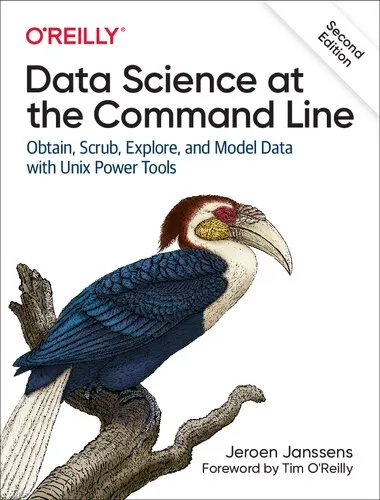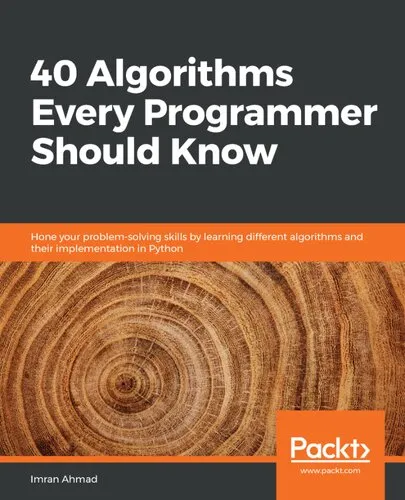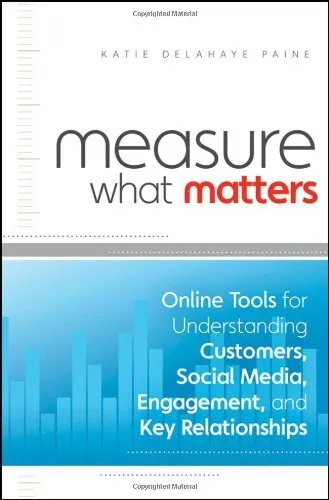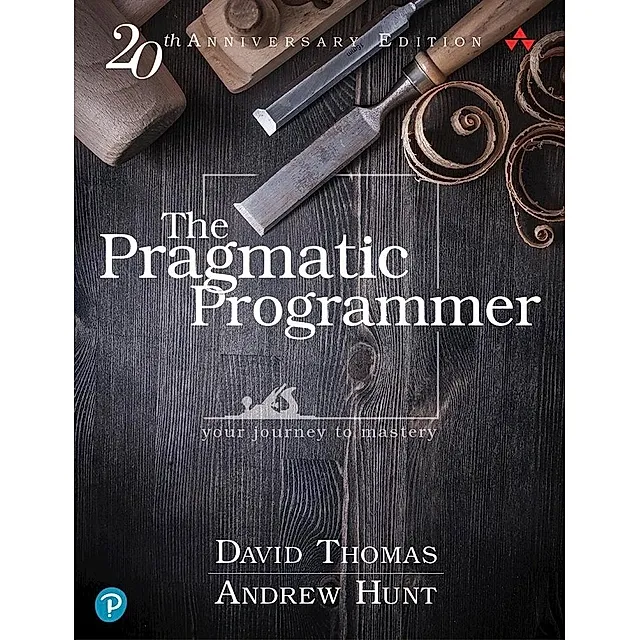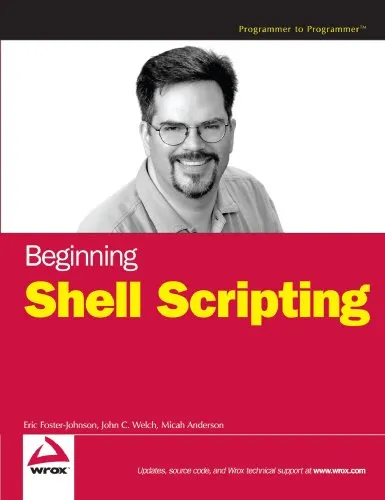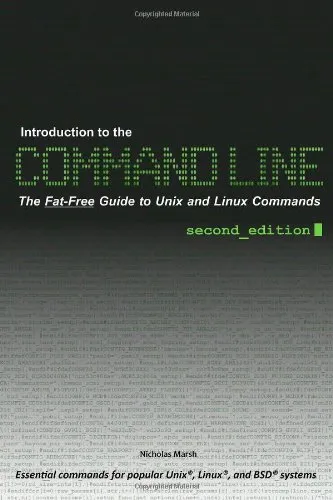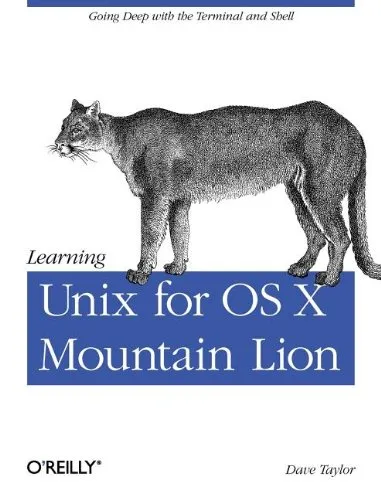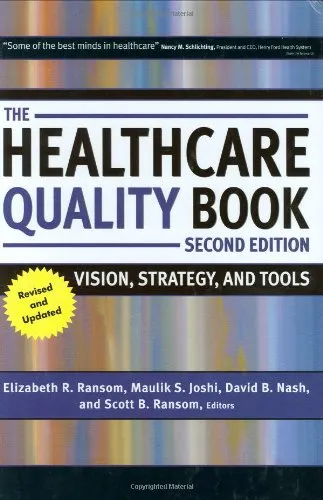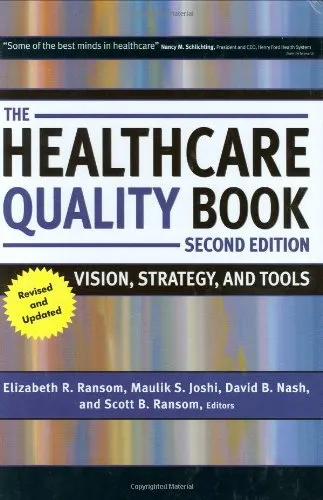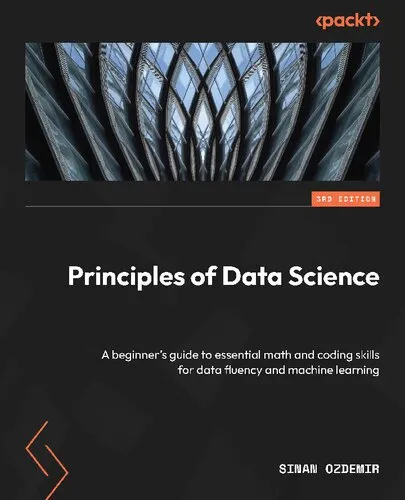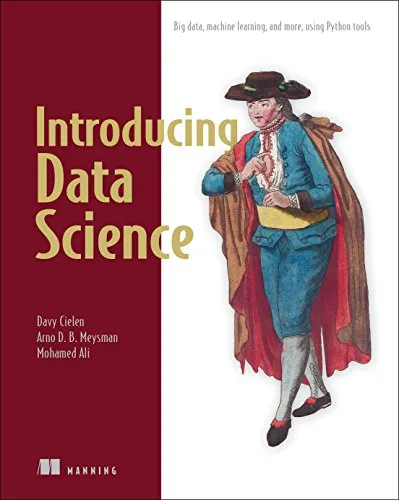Data Science at the Command Line: Obtain, Scrub, Explore, and Model Data with Unix Power Tools
4.5
Reviews from our users

You Can Ask your questions from this book's AI after Login
Each download or ask from book AI costs 2 points. To earn more free points, please visit the Points Guide Page and complete some valuable actions.Related Refrences:
Introduction to "Data Science at the Command Line"
The command line is often seen as a daunting interface, yet it's a powerful toolkit for data scientists seeking to harness the full power of Unix-based tools. "Data Science at the Command Line: Obtain, Scrub, Explore, and Model Data with Unix Power Tools" is a comprehensive guide that demystifies the command line, showing its surprising capabilities when applied to data science tasks. This resource is designed for data professionals who are eager to enhance their workflow efficiency and embrace a finessed approach to data manipulation, exploration, and modeling.
Detailed Summary of the Book
"Data Science at the Command Line" delves into the realm of Unix power tools and how they can be utilized for performing essential data science tasks such as obtaining, scrubbing, exploring, and modeling data. The book covers various command-line tools and techniques, providing practical insights into how they can simplify the data handling process. From basic data transforms to more complex data pipelines, this book bridges the gap between the data science concepts and the technical proficiency required to implement these concepts directly from the command line.
Through a series of structured topics, readers will explore core Unix tools like grep, awk, sed, and others, alongside modern data processing utilities like csvkit and jq. The author, Jeroen Janssens, provides real-world examples that demonstrate the utility of each tool, allowing data scientists to apply Unix concepts effectively to their workflows. Whether handling large datasets or performing quick exploratory data analysis, the book emphasizes practical solutions that save time and reduce complexity.
Key Takeaways
- Learn to leverage the full potential of the Unix command line for data manipulation and processing tasks.
- Understand essential commands and how to incorporate them into data science workflows.
- Gain proficiency in building efficient data pipelines and utilizing shell tools to automate repetitive tasks.
- Develop the skills to work with structured and unstructured data, enabling better data-driven decision-making.
- Increase productivity by learning how to use built-in Unix tools together with programming languages like Python and R.
Famous Quotes from the Book
“The command line is more than a simple interface—it's a tool to unlock the hidden potential in your data workflows.”
“Data science demands a toolkit that can keep up with rapidly transforming data. The Unix command line is that toolkit.”
Why This Book Matters
"Data Science at the Command Line" stands out as an invaluable reference for data scientists who wish to harness the efficiency and power of the command line interface. In a world where data sizes are relentlessly growing, understanding how to utilize command line tools can mean the difference between timely insights and missed opportunities. By providing a foundation in command line operations and demonstrating their application in various data science scenarios, this book empowers readers to perform data-related tasks more quickly and intelligently. The skills imparted in this book not only enhance one's technical ability but also foster a mindset geared towards innovation and efficiency in data science.
Whether you are a seasoned data scientist looking to refine your command line prowess or a novice interested in mastering new methodologies, "Data Science at the Command Line" offers guidance and inspiration to take your data skills to the next level. The combination of practical techniques and insightful commentary provides a unique resource that integrates the theoretical with the practical, facilitating a deeper understanding of data science processes at a fundamental level.
Free Direct Download
You Can Download this book after Login
Accessing books through legal platforms and public libraries not only supports the rights of authors and publishers but also contributes to the sustainability of reading culture. Before downloading, please take a moment to consider these options.
Find this book on other platforms:
WorldCat helps you find books in libraries worldwide.
See ratings, reviews, and discussions on Goodreads.
Find and buy rare or used books on AbeBooks.
1357
بازدید4.5
امتیاز0
نظر98%
رضایتReviews:
4.5
Based on 0 users review
Questions & Answers
Ask questions about this book or help others by answering
No questions yet. Be the first to ask!
